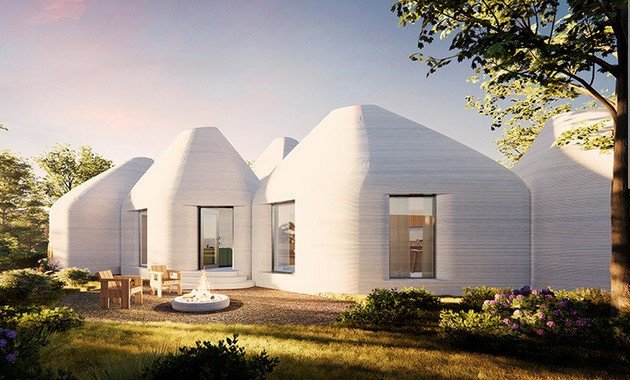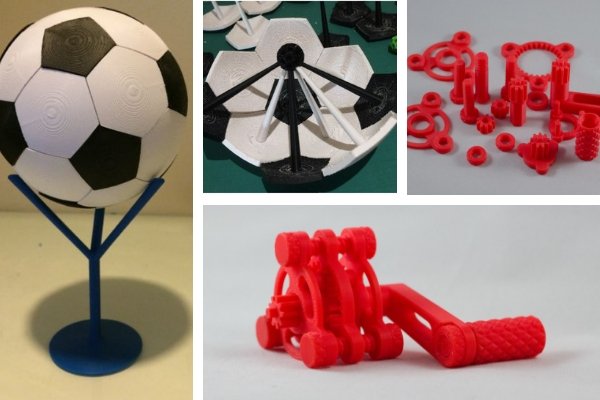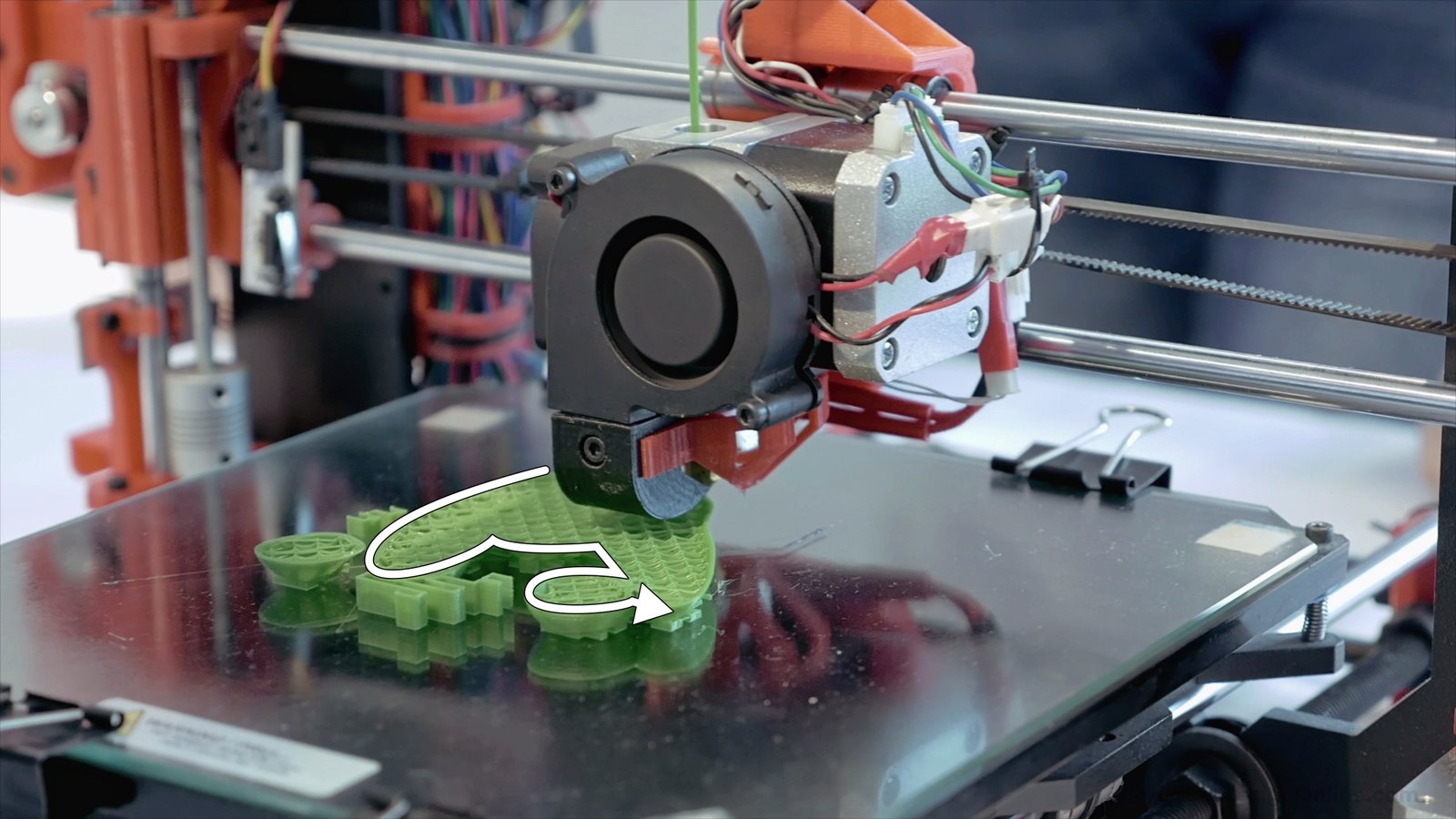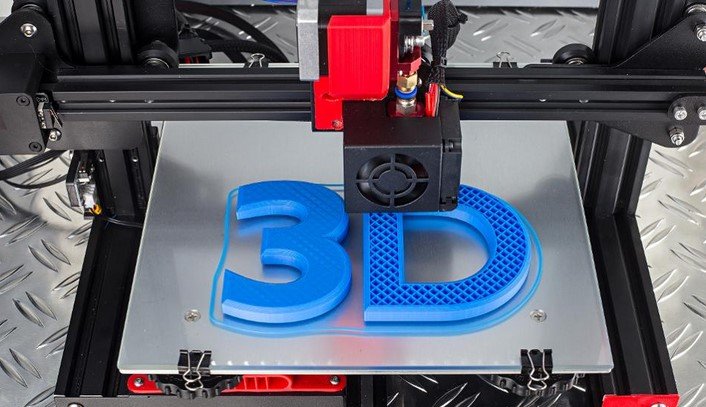The future of 3D-printed homes is full of promise. This innovative technology is transforming the construction industry by offering faster, cost-effective, and sustainable building methods. With 3D printing, we can now create homes more efficiently, making homeownership more accessible. In this post, we will explore how 3D-printed homes are changing the construction landscape and what lies ahead for this groundbreaking technology.
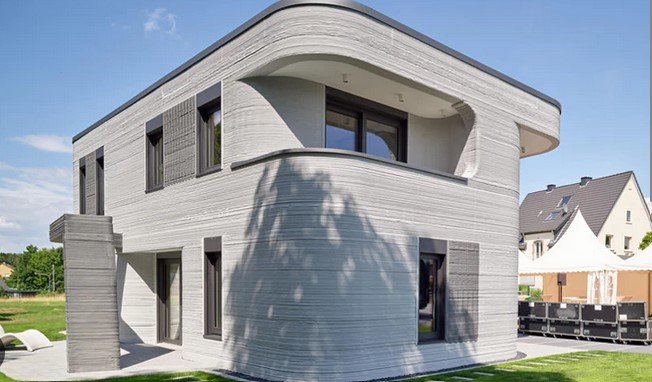
1. Faster Construction and Reduced Costs
3D-printed homes can be built much faster than those constructed using traditional methods. Traditional building takes months or even years, while 3D printing can drastically reduce construction time. Large-scale 3D printers layer materials to build walls, floors, and roofs in a fraction of the time.
This speed translates into reduced costs. 3D printing minimizes labor costs and waste, making it a more affordable option. By using materials efficiently, 3D printing makes homebuilding cheaper, providing a solution for addressing the global housing crisis and making homeownership more affordable.
2. Customization and Design Flexibility
3D-printed homes also offer a high level of customization. Traditional construction limits design options due to costs and material constraints. However, 3D printing removes these limitations. With this technology, homebuyers can design homes tailored to their needs, preferences, and unique specifications.
Architects can experiment with different shapes, sizes, and layouts. 3D printing allows for creative freedom and flexibility, enabling the construction of homes that are not only functional but also unique in design. It opens up endless possibilities for builders and homeowners to create personalized, aesthetically pleasing spaces.
3. Sustainability and Eco-Friendly Practices
Sustainability is another significant benefit of 3D-printed homes. Traditional construction generates a lot of waste, as materials often need to be cut and shaped to fit a design. 3D printing, on the other hand, uses only the necessary amount of material, reducing waste significantly.
Furthermore, 3D-printed homes often use eco-friendly materials, such as recycled concrete or bioplastics. This sustainable approach helps reduce the environmental impact of construction. Builders can also incorporate energy-efficient designs, such as solar panels and better insulation, making 3D-printed homes more environmentally friendly and energy-efficient.
4. Addressing the Global Housing Crisis
The global housing crisis is one of the most pressing issues today. Millions of people around the world live in unsafe or inadequate housing. 3D-printed homes provide a potential solution to this problem. They offer a faster, more affordable way to build homes, especially in developing regions where resources and skilled labor are scarce.
In many parts of the world, traditional construction methods may not be feasible due to high costs or a lack of infrastructure. 3D printing, however, can make homebuilding more accessible by lowering construction costs and speeding up the process. This technology holds the potential to provide millions of people with affordable and safe housing.
5. The Role of Automation and Robotics
Automation and robotics will play an increasingly important role in the future of 3D-printed houses. As 3D printing technology evolves, robots will take on more tasks, improving accuracy and efficiency. Automated systems can reduce human error and increase the speed of the printing process, making 3D-printed houses even more affordable and accessible.
Robotic systems may also handle other tasks, such as assembling structures or applying finishing touches. As these technologies advance, the overall construction process will become faster, more efficient, and less expensive, making 3D-printed homes a viable option for the mainstream housing market.
Conclusion
The future of 3D-printed homes is incredibly exciting. This technology offers faster construction, lower costs, and greater design flexibility while promoting sustainability. As 3D printing continues to advance, it will reshape the housing industry, providing affordable and eco-friendly solutions to the global housing crisis. With the potential to revolutionize homebuilding, 3D printing is set to play a critical role in shaping the future of construction.

